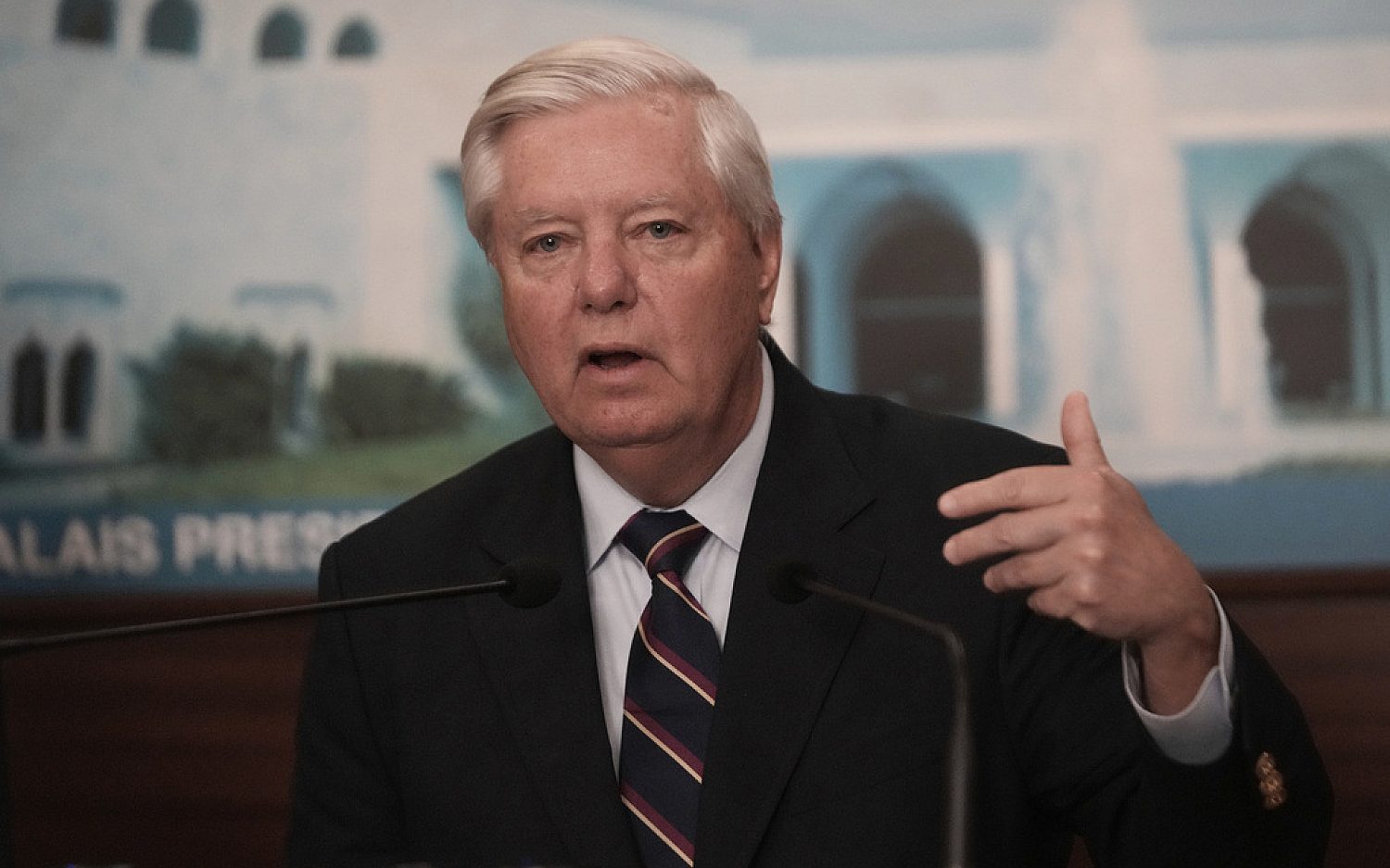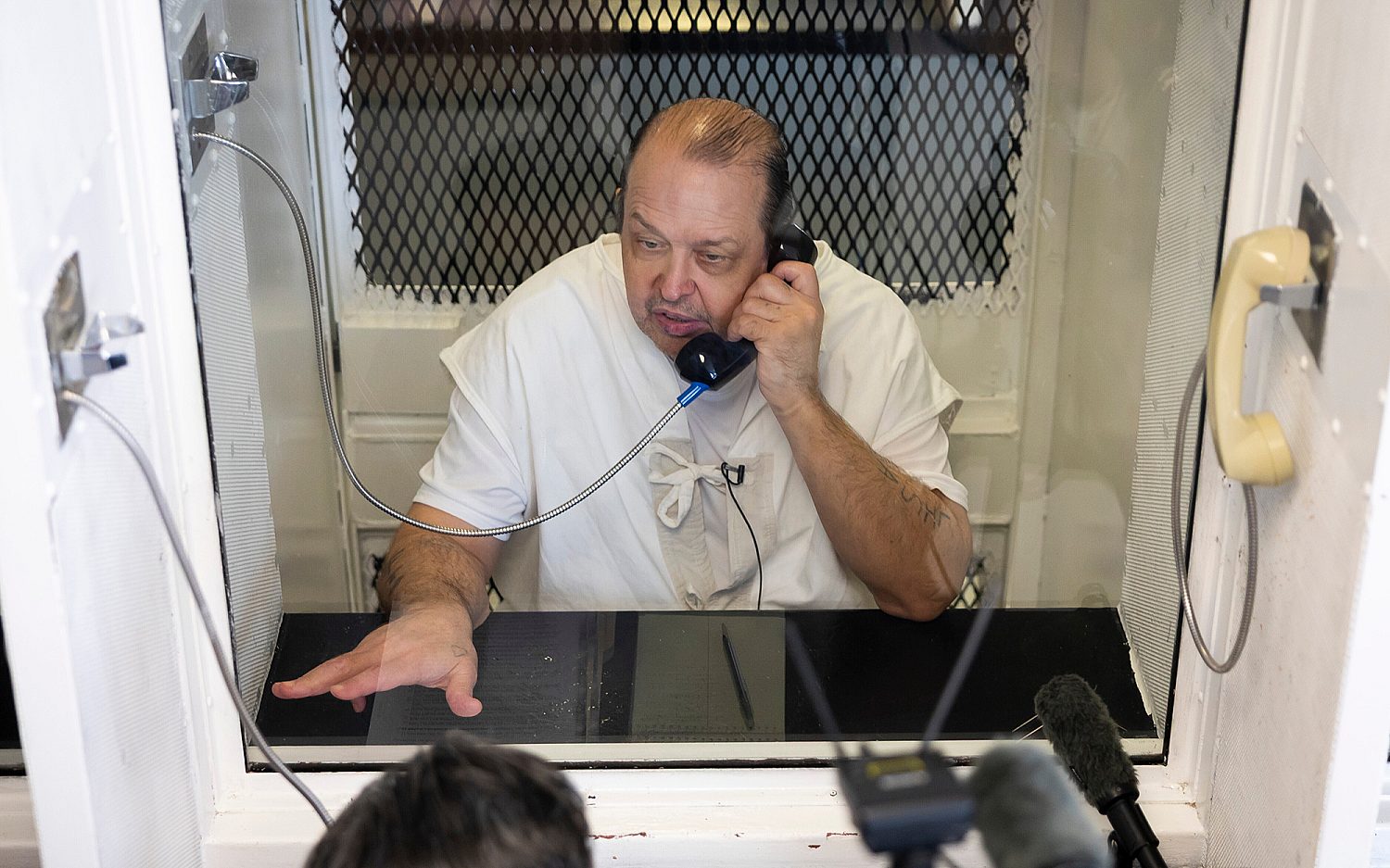Is U.S. draw-down in Europe encouraging Russian aggression?
Shortly after the start of his first term, President Barack Obama, in addition to seeking a foreign policy “reset” with Russia, began to accelerate the withdrawal of U.S. military forces from Europe. By 2013, the Obama administration had inactivated the U.S. Army’s last two heavy armor brigades in Europe, repositioning their tanks and Bradley fighting vehicles to bases stateside.
“It may not be a total coincidence that less than a year later, Russia launched a campaign to subvert and dismember Ukraine that continues to this day,” noted Loren Thompson for Forbes. “The Army has become increasingly nervous about how it would respond if the 1,000+ Russian combat vehicles massed to Ukraine’s east crossed the border, or if similar moves were made against NATO allies in the Baltic region.”
Russia’s increasingly aggressive military posturing in Ukraine and Eastern Europe, along with its increased defense spending and weapons modernization programs, have raised concerns that a shrinking permanent U.S. presence in Europe may be encouraging such behavior.
“None of us want a return to the Cold War,” Senate Armed Services Committee Chairman John McCain, R-Ariz., said during an April 30 hearing on European command posture. “But we need to face the reality that we are dealing with a Russian ruler who wants exactly that. The reason for maintaining a U.S. strong military presence in Europe is the same as ever: to deter conflict and aggression.”
The previous day, April 29, the Defense Department announced it would restructure the 12th Combat Aviation Brigade in Europe, eliminating about 1,900 U.S. military positions in Europe and relocating 24 Apache combat helicopters and 30 Blackhawk helicopters to the United States. In its place, the Army plans to provide what officials call a “persistent, full-time rotational presence” in the region.
Since the removal of the two heavy brigades in 2013, several other U.S. bases in Europe have closed, and an A-10 squadron and components of the missile defense system have been eliminated.
“And now we have this resurgent Russian aggression and what are we doing?” Luke Coffey, a defense and NATO analyst at the Heritage Foundation, asked. “Well, we’re starting to rotate tanks back to Europe, we’re bring A-10 planes back to Europe. Things that we had there that we removed now we have to rotate back. And it’s not sustainable because it’s costly to keep moving this equipment back and forth across the Atlantic.”
About the same time the Army announced the Apache helicopter withdrawal , Russian President Vladimir Putin showcased his newest main battle tank, the T-14 Armata, at the WWII victory parade in Moscow. By relocating the Apaches, “we’re removing a key capability that could take on these Russian tanks,” Coffey told me. “So it doesn’t really add up.”
The only U.S. armored vehicles remaining in Europe on a permanent basis are the 81 Stryker combat vehicles belonging to the 2nd Armored Cavalry Regiment (ACR). But the Stryker, as survivable and maneuverable as it is, doesn’t have sufficient firepower to take on a tank without support from helicopter gunships. And, according to Thompson, concerns about a potential Russian threat in the Baltic region prompted the 2nd ACR commander in March to send an urgent request to Army headquarters to upgrade the Stryker vehicles with “30 millimeter cannons capable of firing armor-piercing, air-burst, and high-explosive rounds at rapid rates.”
As a NATO member, the United States is obligated by treaty to come to the defense of any other member nation in the event of attack. And for the better part of 70 years, a robust, permanent U.S. presence in Europe has contributed to the deterrence of such an attack. But are recent moves to draw down U.S. forces in Europe sending a signal to Putin that he may have more freedom to move militarily in Eastern Europe?
“I don’t think Putin is crazy enough to attack a NATO member using military force,” Coffey told me. “But he certainly feels like he has more flexibility in the gray areas, the countries that are really close to NATO but not quite in NATO, as we’ve seen in Ukraine. Putin will do what he knows he can get away with. And if the U.S. isn’t engaged in the region, then he knows he can get away with more.”
An actual newsletter worth subscribing to instead of just a collection of links. —Adam
Sign up to receive The Sift email newsletter each weekday morning for the latest headlines from WORLD’s breaking news team.




Please wait while we load the latest comments...
Comments
Please register, subscribe, or log in to comment on this article.